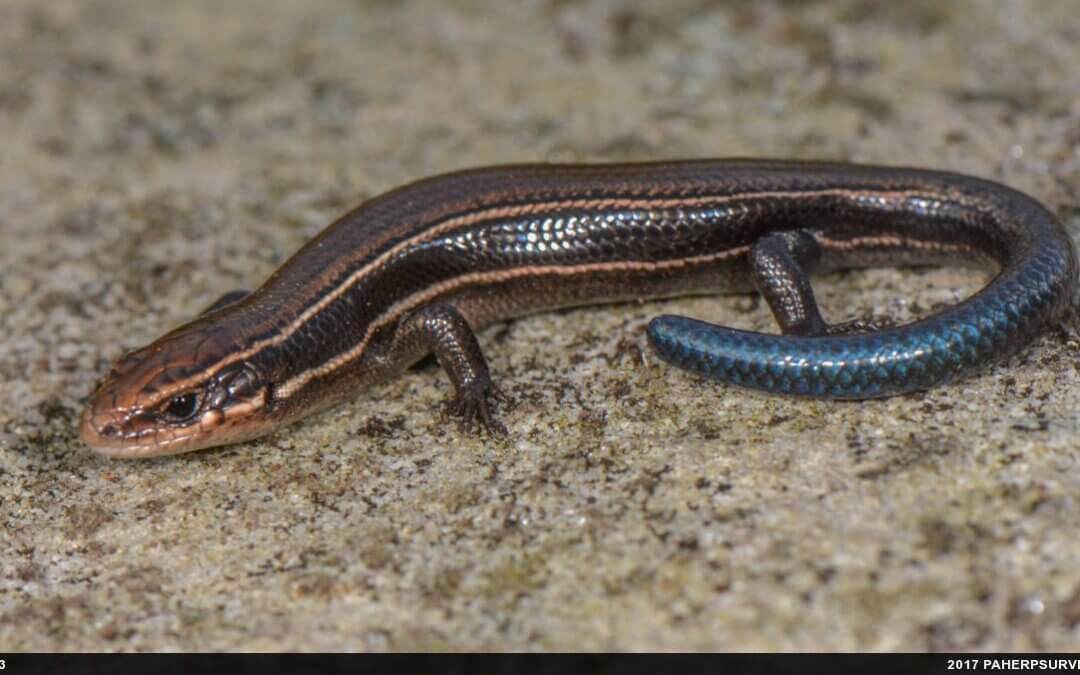Article information from UMD Extension
Maryland boasts diverse habitats that support a wide range of plant and animal species, from majestic mountains to coastal wetlands. While many people think of larger animals like deer, foxes, or turkeys when it comes to wildlife, reptiles and amphibians often go unnoticed. However, Maryland is home to a remarkable array of these fascinating creatures. The state hosts 20 species and sub-species of frogs and toads, 19 species and sub-species of turtles and tortoises, 27 different snakes, and six types of lizards. Unfortunately, due to various challenges, several of these species are experiencing population declines.
To address these concerns, the Maryland Department of Natural Resources Wildlife and Heritage Service maintains a comprehensive list of rare, threatened, and endangered species throughout the state. Species with populations falling below specific thresholds are categorized as “Endangered” (at a very high risk of extinction), “Threatened” (at high risk), or “Watchlist” (at moderate risk).
Here, we highlight four species of particular concern in Garrett County, Maryland. If you are a woodland owner interested in developing or enhancing wildlife habitats, it may be worth investigating whether your property could benefit these species.
Timber Rattlesnake: It is crucial to note that this snake is venomous and possesses a rattle, making it the only Maryland snake with this feature. The Timber Rattlesnake prefers upland forested areas with rocky outcrops and talus slopes. It is active during the day in spring and fall but becomes nocturnal during summer to avoid excessive heat. Maryland considers the Timber Rattlesnake a Watchlist species, found from Frederick to Garrett County.
Northern Coal Skink: As a member of the lizard family, the skink is represented by four species in Maryland. Among them, the Northern Coal Skink is the sole species currently listed as Endangered. It has been observed exclusively in Garrett and western Allegany counties, with no recent records of sightings. This skink inhabits moist wooded areas near springs or creeks and seeks shelter in rocky outcrops or under leaf litter.
Also on the list across the state of Maryland are the bog turtle and barking treefrog.
By raising awareness and taking conservation measures, we can help protect these endangered reptiles and amphibians that contribute to our area’s rich biodiversity.



